Renowned for its rich seafood-based broth and dark soy sauce flavor, Ogikubo Ramen offers a tantalizing taste experience that captivates food enthusiasts from all walks of life. Join us on a journey to uncover the secrets behind this beloved style of ramen and delve into the flavors and traditions that make Ogikubo Ramen a must-try
What is Ogikubo ramen?
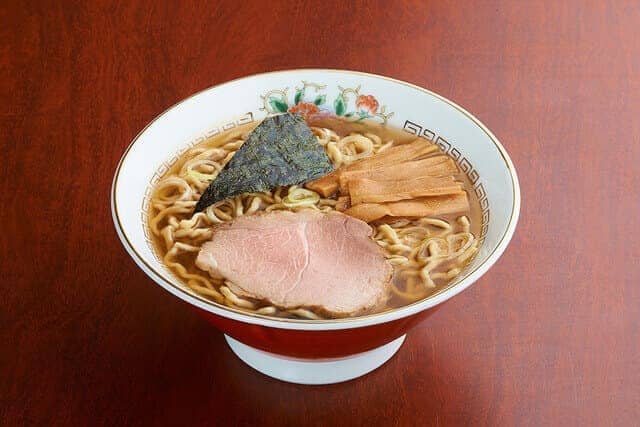
Ogikubo ramen is a type of Tokyo ramen that originates from the Ogikubo area of Tokyo, Japan. Ogikubo Ramen started with chefs who used to work in traditional Japanese soba restaurants. These chefs brought their skills to making ramen, a noodle soup dish. The soup base is often dark and rich, with dark soy sauce, bonito flakes, and dried sardines. Some places add chicken or pork bones to enhance the flavour further. The noodles used in are usually medium-thin. This ramen has a unique taste and style, blending influences from soba and ramen traditions.
Ogikubo ramen History
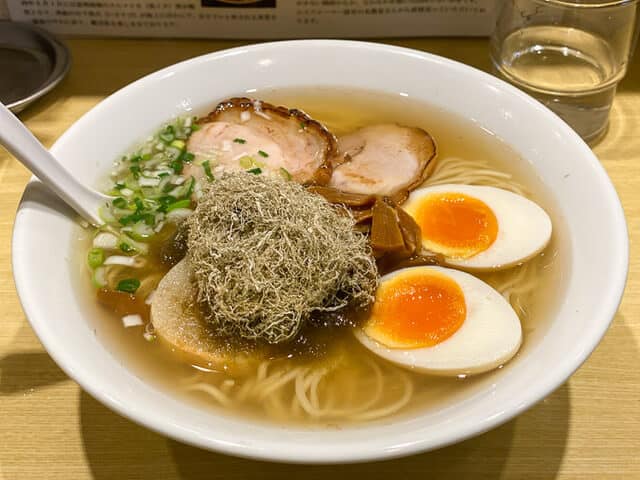
Ogikubo Ramen is a Japanese noodle soup that gained nationwide popularity during the 1980s, particularly during the bubble period. It’s distinct for its rich seafood-based soup made with bonito flakes or dried sardines combined with a flavorful soy sauce broth. This style of ramen originated in the Ogikubo area of Tokyo, where it became well-known due to its appearance in TV shows, magazines, and even instant ramen products. The area around Ogikubo Station saw a surge in ramen shops after the war, with many opening along Ome Kaido.
Literary figures who lived along the Chuo Line, including Ogikubo, often wrote about their favourite ramen spots, contributing to its cultural significance. The fame of it grew even more with the nationwide ramen boom, leading to its commercialization by companies like Toyo Suisan (Maruchan) and Kanebo Foods. Today, you can find restaurants serving Ogikubo Ramen near Ogikubo Station and at stations along the Chuo Line, like Nishi-Ogikubo, Asagaya, and Koenji.
Famous Restaurants with history of Okigubo ramen
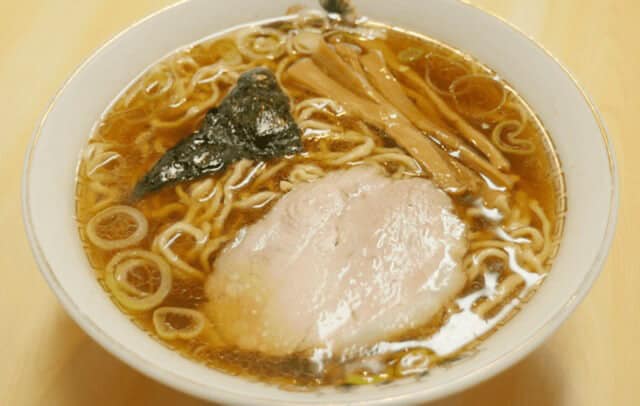
Chuka Sanmasu, a beloved restaurant established in Ogikubo in 1968, quietly closed its doors on June 30th this year, marking the end of its 50-year legacy. Despite its long history, the restaurant has received little media attention. Founded by 86-year-old owner Shinzo Terada, “Chuka Sanyuki” was a cherished spot for ramen enthusiasts, offering its signature noodles at a modest price of 350 yen per bowl. Mr Terada, originally a skilled soba craftsman who had worked at various renowned soba restaurants since 1948, decided to venture into ramen due to the high equipment cost of making soba noodles. With his deep connection to Ogikubo, where his relatives resided, he found the perfect location to realize his vision. Despite its lack of media coverage, the restaurant has recently been a subject of interest for the author, shedding light on its hidden gem status within the community.
Both “Marushin” and “Taishoken” have their roots in “Norenwake” from “Marucho”. Marucho was the first to use bonito flakes in ramen soup. “Harukiya” is famous for its store that still has lines of customers. “Marufuku”, which had a famous white sign, has closed. Futaba, who has become the face of this ramen, is now open at the Kamiogi branch. The number of chain stores, such as Tonkotsu Soy Sauce, has recently increased.
Uniqueness of Ogikubo ramen
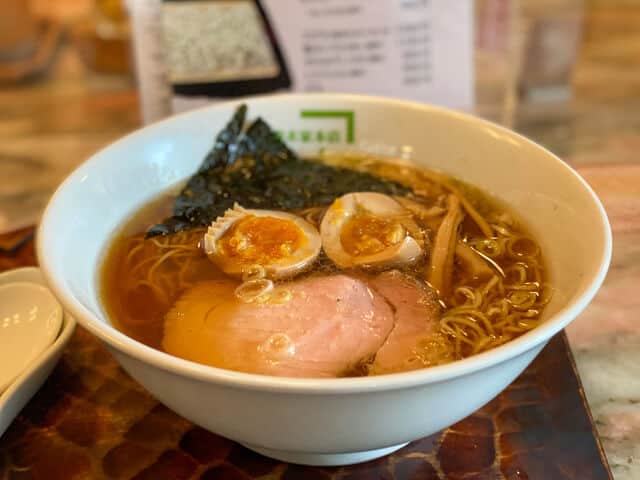
Ogikubo Ramen is unique for a few reasons. First, its broth is made from seafood like bonito flakes and dried sardines, giving it a unique savoury taste. Second, the broth is dark because of the soy sauce used, which adds richness to its flavour. Third, it has a long history, with some shops being open for generations, making it a cherished part of Japanese ramen culture. Lastly, many early ramen chefs in Ogikubo came from soba restaurants, influencing the style of this ramen, including using medium-thin noodles and carefully preparing the broth. These factors together make this kind of ramen a beloved and distinct style of ramen in Japan.
Ogikubo ramen FAQ
- Is there a particular style of noodles commonly used in Ogikubo Ramen?
-
Yes, there is a particular style of noodles commonly used in Ogikubo Ramen. While the exact specifications vary from shop to shop, it typically features medium-thin noodles. These noodles are slightly thinner than the standard thickness commonly found in other ramen styles.
- What is Ogikubo Ramen known for?
-
Ogikubo Ramen is renowned for its distinctive seafood-based broth, often crafted from bonito flakes and dried sardines. This gives the ramen a unique and savoury flavour, differentiating it from other regional ramen varieties.
Ogikubo ramen Recipe
Ingredients for Ogikubo ramen
| Ingredients of Ogikubo ramen for 6 persons | Measurements |
|---|---|
| Water | 10,000g |
| Chicken bones | 300g |
| Momiji (chicken legs) | 500g |
| Genkotsu (pork bones) | 1,000g |
| Dried sardines (niboshi) | 300g |
| Bonito flakes | 10g |
| Dashi konbu (dashi konbu) | 70g |
| Onion | 10g |
| Ginger (sliced) | 30g |
| Dashi soup | |
| Chicken and pork white soup Dashi | 30g |
How to make the soup in Ogikubo ramen?
Cook water, chicken bones, Momiji (chicken legs), and genkotsu (pork bones).
After boiling, remove the lye. Take only half of the lye. Add dried sardines and bonito flakes and cook over medium heat.
After that time, add the dashi kelp. Add ginger in the 4th hour; it will be almost done in 1 hour.
Finally, add the “Chicken and Pork Hot Water Soup Dashi ” to add richness and boil to complete the soup.
“Harukiya Honten” is famous for its Ogikubo ramen. A light soy sauce-flavored ramen made with soup stock made from pork bones, dried sardines, and kelp. If you don’t bring out the soup’s richness, it will overpower the soy sauce and end up with a disappointing taste.
Therefore, combining the chicken and pork soup stock that gives the soup a rich flavour, you can create classic ramen with a rich soup base.
Where to buy Ogikubo ramen?
Harukiya (春木屋 荻窪本店)
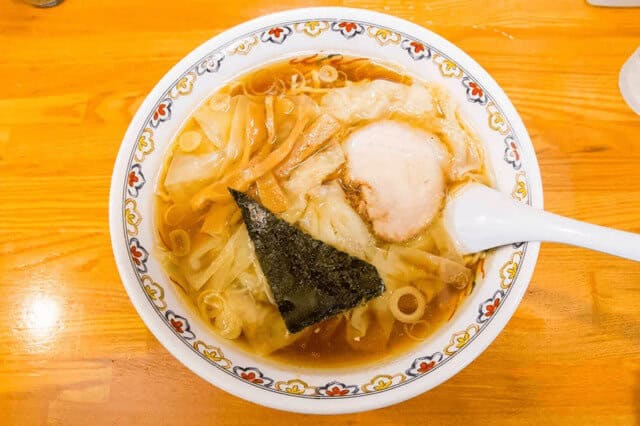
Haruikya has updated their recipe hundreds of times. Their shoyu (soy sauce) is as relevant today as it was in 1947. It’s a colourful tapestry of flavours – niboshi (fish), chicken and pork bones. The noodles are prepared fresh every morning, with particular attention to the day’s weather and humidity. Ogikubo flavour comes from the masterfully prepared soy sauce flavoured “kaeshi” and the “niboshi” dried sardine broth.
Goryokaku (函館塩ラーメン 五稜郭)
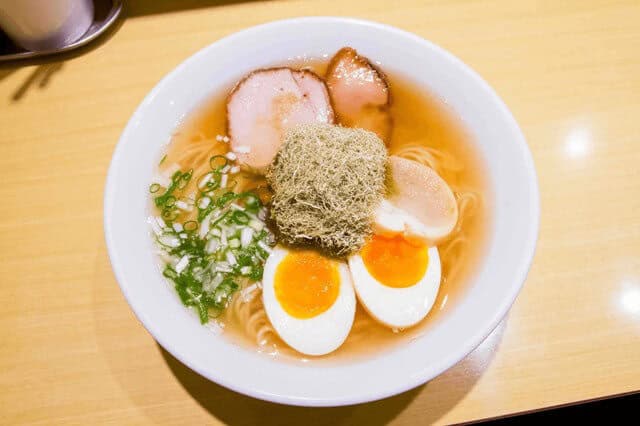
Goryokaku does a beautiful job of replicating what you get there. You have a broth that’s punchy from elements like chicken and fish. But it’s also delicate from elements like kelp. Lastly, it includes toppings you won’t find in other ramen – Kagome kelp (middle) and fluffy wheat gluten (right).
Hook(味噌っ子ふっく)
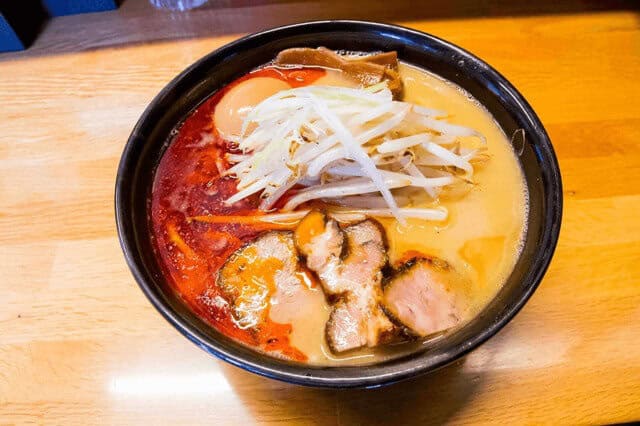
Hook specializes in thick and rich miso ramen. The soup is gentle tasting. But a bright miso flavour regularly surfaces. They use two types of miso – Shinshu (white) and Sendai (red). Pictured is the spicy miso ramen. The river of sweet chilli oil lights up the soup. Enjoy the stir-fried, smoky bean sprouts and broiled pork. The thick, straight noodles are a delight, too.
Takeaway
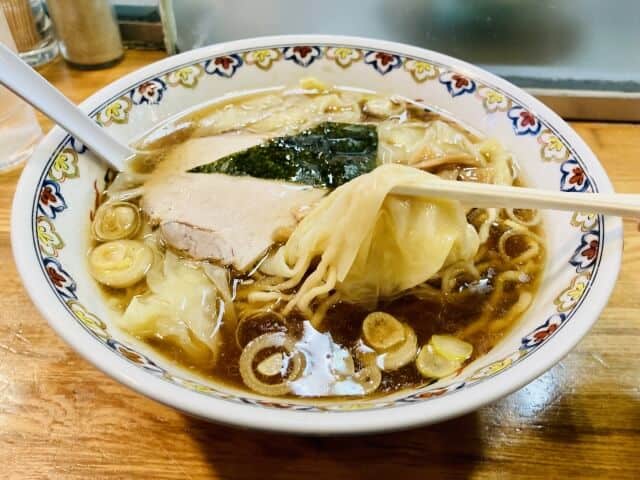
Ogikubo Ramen offers a taste sensation that will delight your palate and leave you craving more. Whether you’re a seasoned ramen enthusiast or new to Japanese cuisine, we encourage you to seek out a bowl of Ogikubo Ramen and savour every mouthful.
You can try out other Japanese ramen we recommend below!
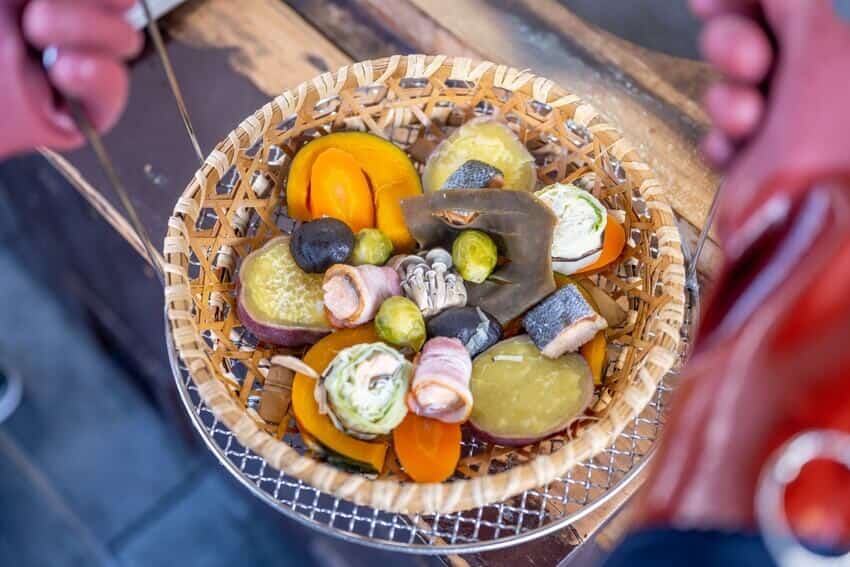
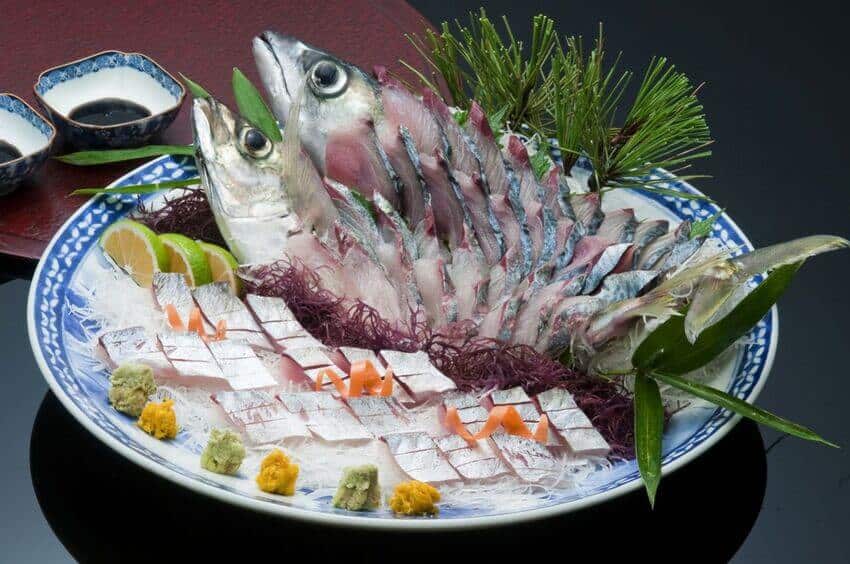
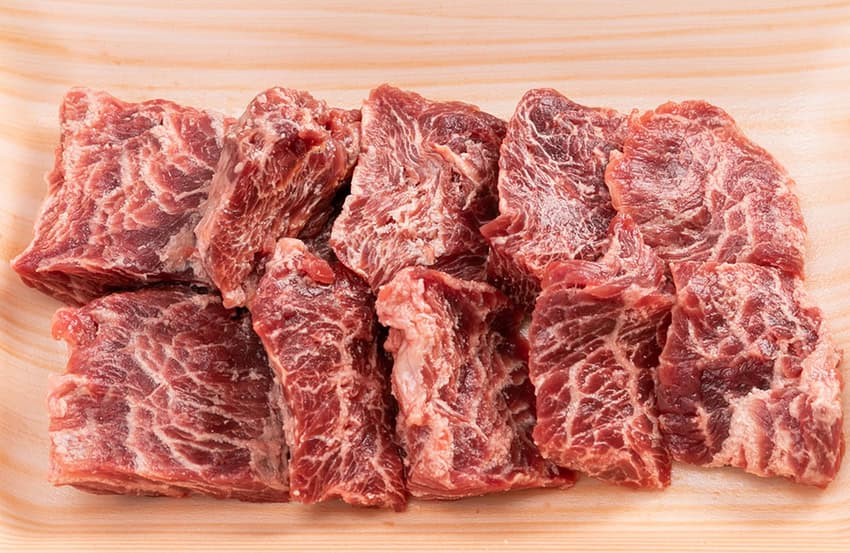
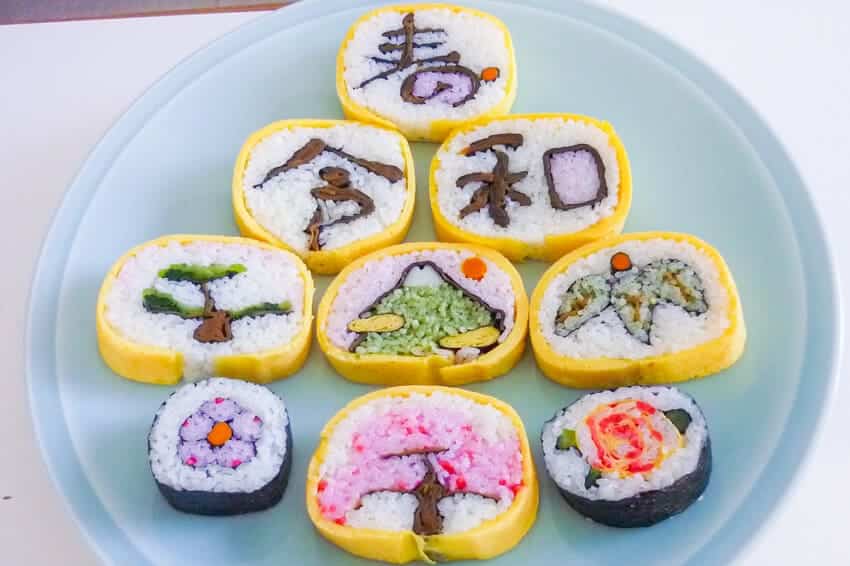
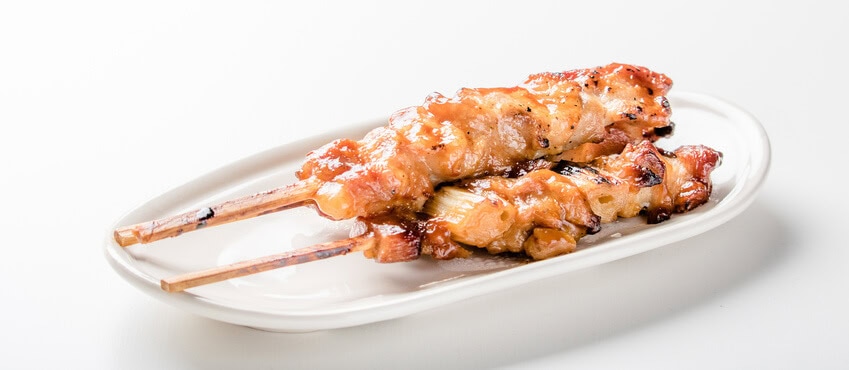

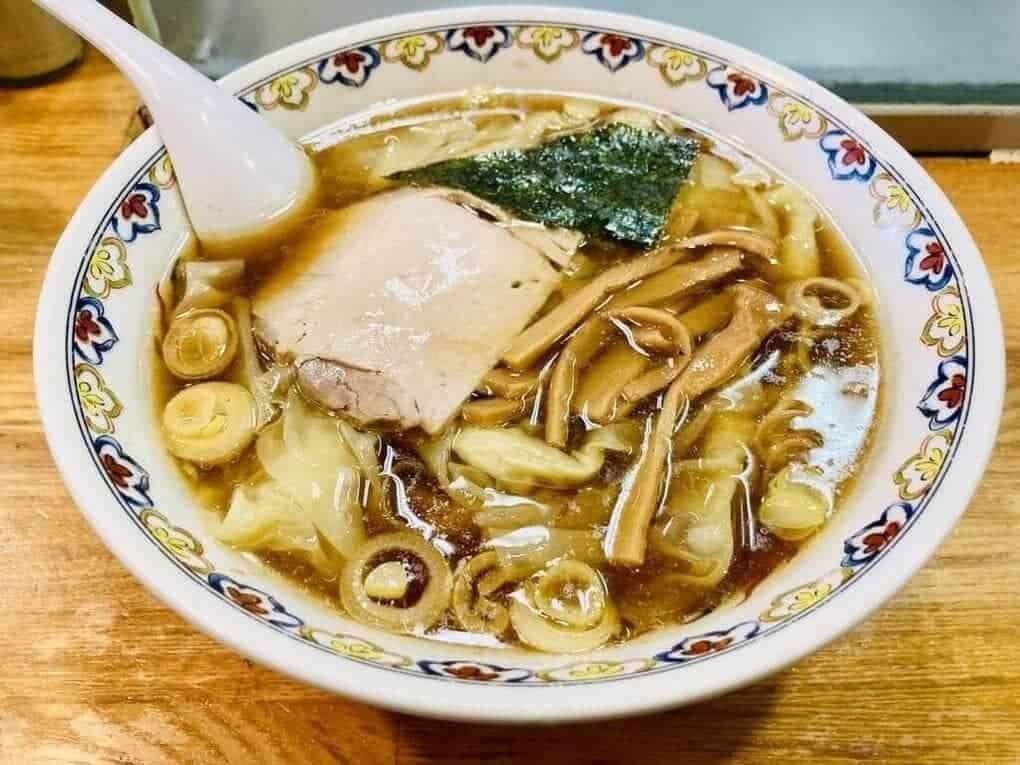
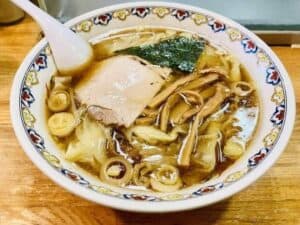
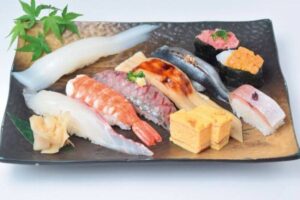

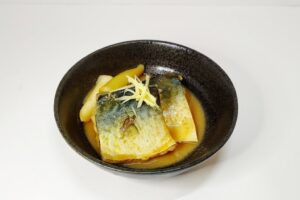
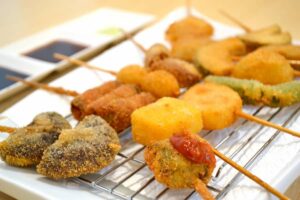
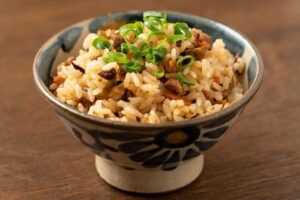
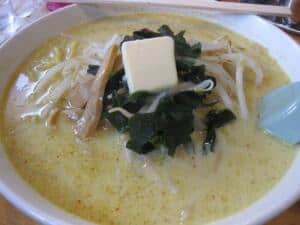
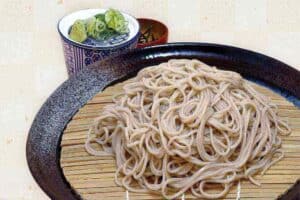
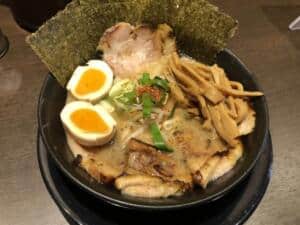
Comments